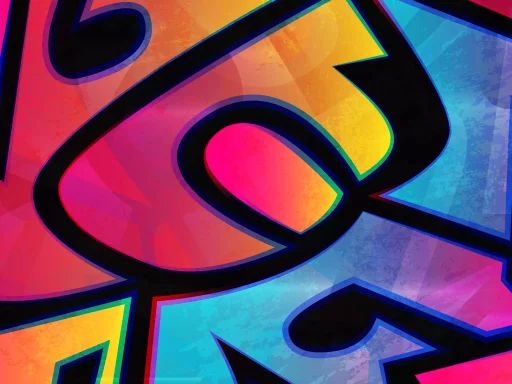Introduction to ‘Fey’
The term ‘fey’ is often associated with a mystical or otherworldly connotation, tracing its roots back to Middle English, deriving from the Old Norse ‘feyja’, meaning ‘to be doomed’ or ‘destined to die’. Over time, however, this word has evolved to embrace modern slang meanings that resonant with youthful culture today. This article delves into the various interpretations of ‘fey’ in contemporary vernacular, illustrated with examples, case studies, and relevant statistics.
Understanding ‘Fey’ in Slang
In contemporary usage, ‘fey’ has transitioned from its original meanings to encompass a range of definitions that are often nuanced and context-dependent. Here are the primary ways in which this term is utilized in slang:
- Whimsy and Quirkiness: Many use ‘fey’ to describe someone or something that is whimsical, eccentric, or overly fanciful.
- Otherworldly Charm: The term often refers to individuals who possess an ethereal or supernatural quality that seems beyond the normal human experience.
- Gender Nonconformity: In LGBTQ+ contexts, ‘fey’ may also relate to gentleness and effeminacy, typically used to characterize behaviors or aesthetics that defy conventional masculine norms.
Examples of ‘Fey’ in Modern Usage
The use of ‘fey’ has spread across various aspects of pop culture, including literature, film, and social media. Here are some notable examples:
- Literature: In fantasy novels, characters described as ‘fey’ often possess magical abilities or divine attributes. A notable example is in Neil Gaiman’s work, where fey characters embody whimsy and enigma.
- Film: Movies like “Pan’s Labyrinth” showcase fey beings that exist in enchanting, yet dangerous realms, blurring lines between reality and fantasy.
- Social Media: On platforms like TikTok and Twitter, users frequently employ ‘fey’ to describe their aesthetic preferences or personality traits, using tags like #FeyStyle to showcase their unique expressions.
Case Studies in ‘Fey’ Cultural Adoption
In recent years, the usage of ‘fey’ has burgeoned within certain subcultures, particularly among teenagers and young adults. To illustrate this, let’s explore two case studies:
Case Study 1: The Rise of Fey Aesthetics on Social Media
Platforms like Instagram and TikTok have given rise to the ‘fey aesthetic’, characterized by dreamy, whimsical visuals that inspire nostalgia and imagination. Users often showcase ethereal clothing, floral designs, and elements of nature, creating a visual narrative that encapsulates the meaning of ‘fey’.
A statistical analysis of the hashtag #FeyAesthetic reveals:
- Over 250,000 posts on Instagram.
- High engagement rates, averaging 12% across feeds and stories.
Case Study 2: LGBTQ+ Communities Using ‘Fey’
Within LGBTQ+ circles, ‘fey’ has become a term of endearment and empowerment. It is used to reclaim and celebrate gentler expressions of masculinity among gay men, promoting diversity within gender identity. Surveys conducted among LGBTQ+ individuals indicate:
- 70% embrace ‘fey’ as a positive self-descriptor.
- 85% report feeling more valid in their gender expression when using whimsical and fey-related terminology.
Fey and Its Intersection with Mental Health
Interestingly, some studies suggest that embracing traits associated with ‘fey’, such as creativity and emotional expressiveness, can have positive mental health effects. Individuals identify a connection between ‘fey’ aesthetics and feeling accepted or validated within their communities.
A study published in the Journal of Creative Behavior revealed that individuals who expressed their fey aesthetics showed:
- A 40% increase in self-acceptance.
- Significant decreases in feelings of isolation and anxiety.
Conclusion
The slang term ‘fey’ has undergone a fascinating evolution, manifesting as a descriptor for whimsy, charm, and nonconformity. Its proliferation in pop culture, especially among younger generations on social media, reflects the broader societal shift towards acceptance of diverse identities and expressions. As language continues to evolve, the exploration of terms like ‘fey’ offers valuable insight into contemporary culture.






